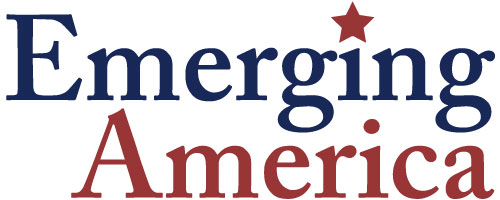Zoom-In Visual Inquiry Activity
Wendy Harris, a teacher at Metro Deaf School in St.
Single Point Rubric
Rubrics are frequently used to communicate expectations and standards to students. Making expectations as clear, simple, and easily understood as possible is a practice of value to all learners.
A streamlined rubric form, using one column to specify the target standard, offers advantages for accessibility–especially fewer words to absorb–over more typical multi-column rubrics. This Single-Point Mastery Rubric is an example.
Disability History Primary Source Set
Disability History: From Almshouses to Civil Rights
UPDATED IN 2020. The following primary source set, created using materials from the Library of Congress, contains an array of sources focused on Disability History in the United States. Disability has been interwoven into America’s history since the country’s inception through letters, images, newspapers, diaries and other primary sources. The set provides a comprehensive look into a wide range of Library of Congress resources.
Question Formulation Technique (QFT)
The Question Formulation Technique (QFT) developed by the Right Question Institute is both a simple, practical teaching technique and a philosophy of learning that empowers ALL learners to discover questions for themselves.
Emerging America Lesson Design Toolkit
Keep at hand all seven items in the Emerging America Lesson Design Toolkit to support strong lesson plan development. You will also need copies of applicable academic standards and, of course, your text set, and any other support materials for the lesson. Refer to each tool to broaden choices for you and for students. The tools help make precise and clear the language in lesson objectives, instructions for assignments, rubrics, graphic organizers, and other handouts.
Stripling Model of Inquiry
The Stripling Inquiry Model represents the inquiry process graphically to help students make sense of the inquiry process. The Library of Congress Teaching with Primary Sources program has helped to popularize the model. Find an in-depth discussion of inquiry and links to additional models and resources at Emerging America's Inquiry Strategies page.
Civil Rights & Disability: 1990 ADA, IDEA, & the Juvenile Justice System Today
Kelley McDermott, History teacher in a Massachusetts Department of Youth Services facility developed this lesson to attract her 8th grade students interest in research and public policy. Historically, students with disabilities are disproportionally caught up in the juvenile justice system. The lesson employs many strategies and tools for accessibility from Emerging America's Accessing Inquiry course. These include a focus vocabulary analysis and Universal Design for Learning plan.
"Bricks and Mortar" Vocabulary Strategy in Social Studies
A large, discipline-specific vocabulary is a distinct challenge for Students with Disabilities and other diverse learners in History and Social Science. Concepts like "citizen" or "rights" are complex, culturally fluid, and difficult to picture. While the vast number of specific or historical technical terms like "longitude," "veto," "cuneiform," and "carpetbagger" require depth of context and background experience.
The Relevance Matrix
The Relevance Matrix from Teaching Tolerance is a tool for teachers to consider means to connect content to real world applications and contexts that relate to students' lives. Thinking critically about engagement and effective classroom strategies can help students answer, "Why should I learn this?"
Strategies listed include:
Using the table teachers think about
